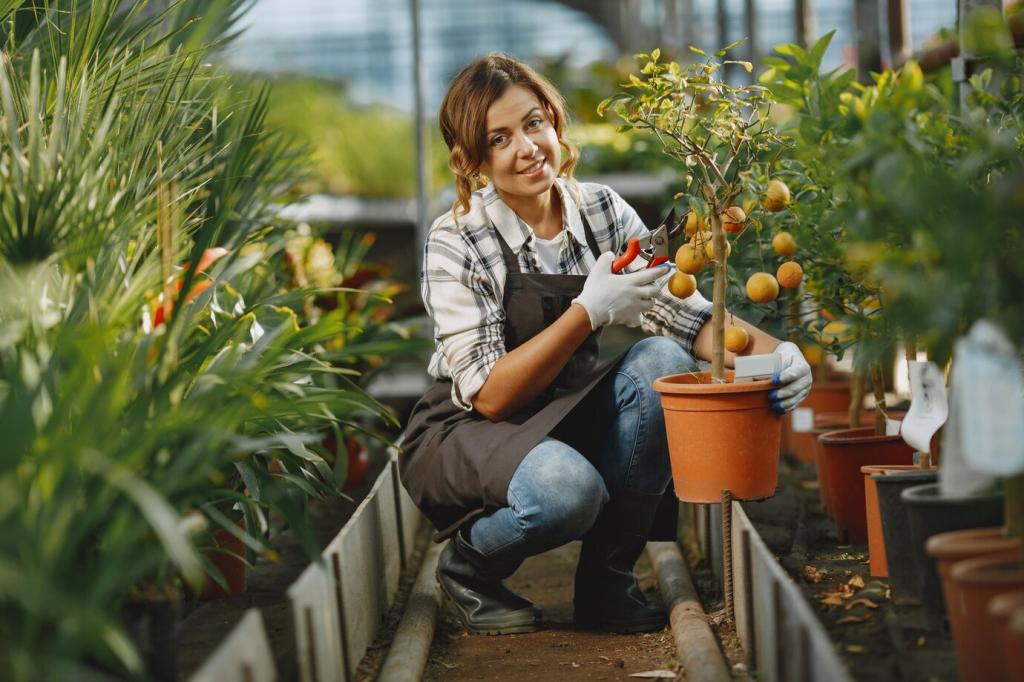
Water-Efficient Landscaping Techniques
Water-efficient landscaping techniques are vital in today’s world as communities strive to conserve natural resources while maintaining beautiful and functional outdoor spaces. By adopting smart design principles and sustainable practices, homeowners and landscape professionals can drastically reduce water usage, lower maintenance costs, and contribute to a healthier local ecosystem. This approach not only benefits the environment but also enhances property value and visual appeal. In this guide, we explore key methods for creating lush, thriving landscapes that use water wisely, providing practical solutions for both new and existing gardens.
Smart Landscape Design Principles
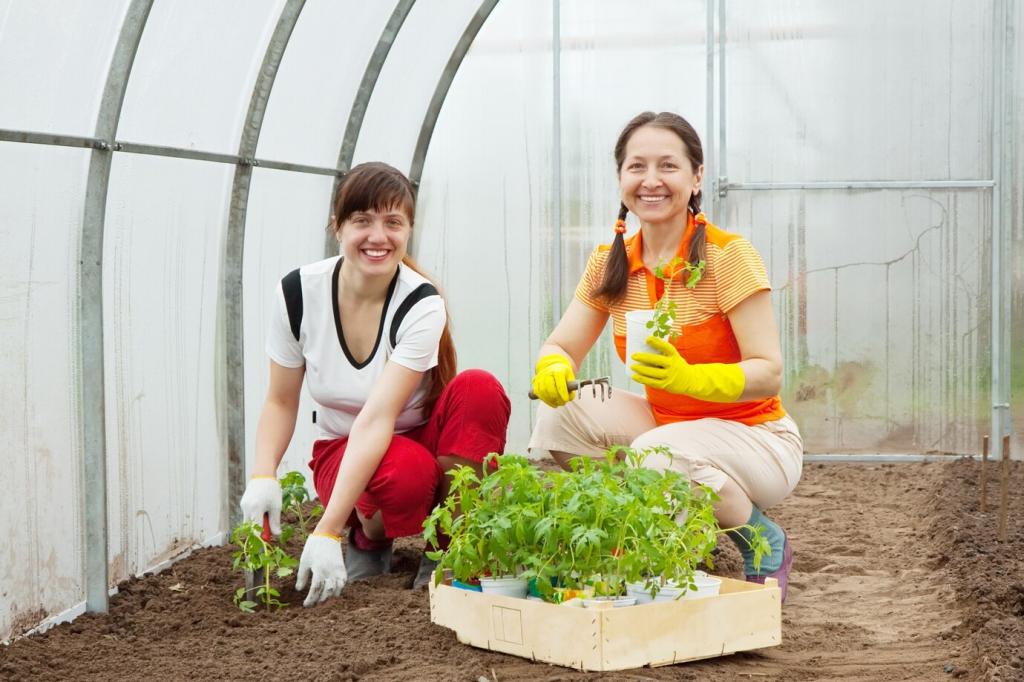
Site Analysis and Planning
Conducting a thorough site analysis is the foundation of water-efficient landscaping. This process involves assessing factors such as sun and shade patterns, existing vegetation, drainage, wind exposure, and soil quality. By understanding these elements, you can develop a landscape plan that places plants in locations where they will naturally thrive with minimal supplemental irrigation. Good planning helps identify microclimates within your yard, allowing you to group plants with similar water requirements together and optimize the use of available water. Strategic placement of hardscapes, such as patios and pathways, ensures that water flows where it’s needed and is not wasted on non-plant areas.
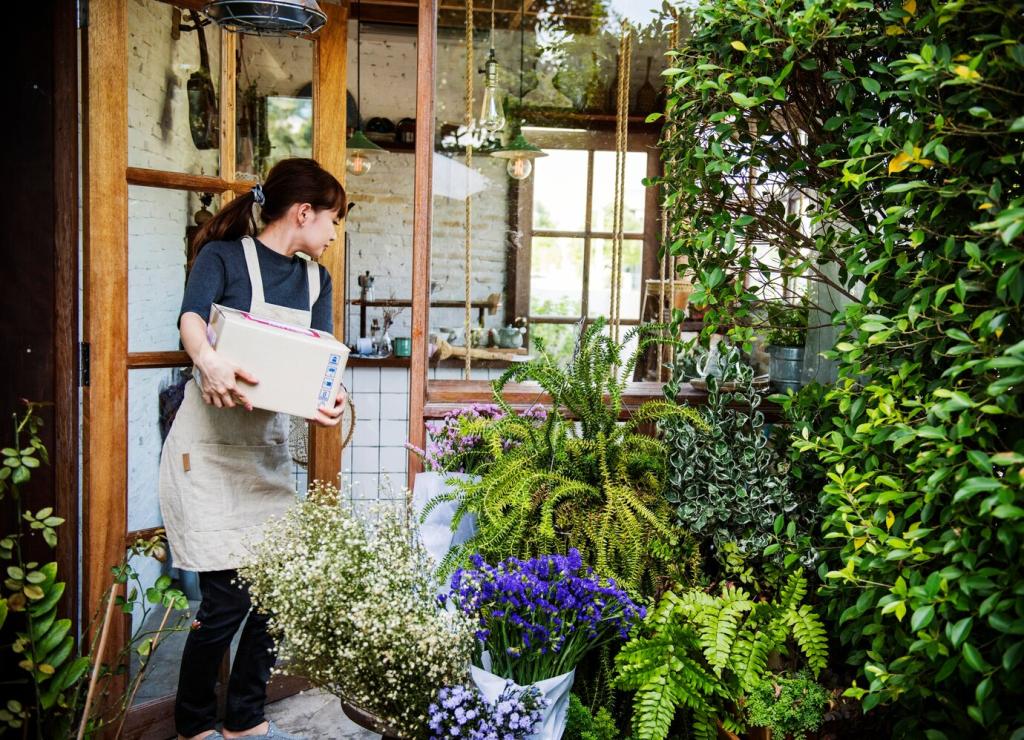
Zoning for Water Needs
Creating zones based on plant water requirements is an essential design aspect. This technique, known as hydrozoning, involves grouping plants with similar thirst together, minimizing overwatering and making irrigation more efficient. For example, high-traffic or decorative areas can accommodate less-thirsty, drought-resistant plants, while more water-demanding species are positioned closer to frequently visited parts of the garden. Zoning not only saves water but also simplifies irrigation system setup, making it easier to tailor watering schedules to each area. Proper zoning helps ensure that all parts of the landscape receive adequate moisture without unnecessary excess.
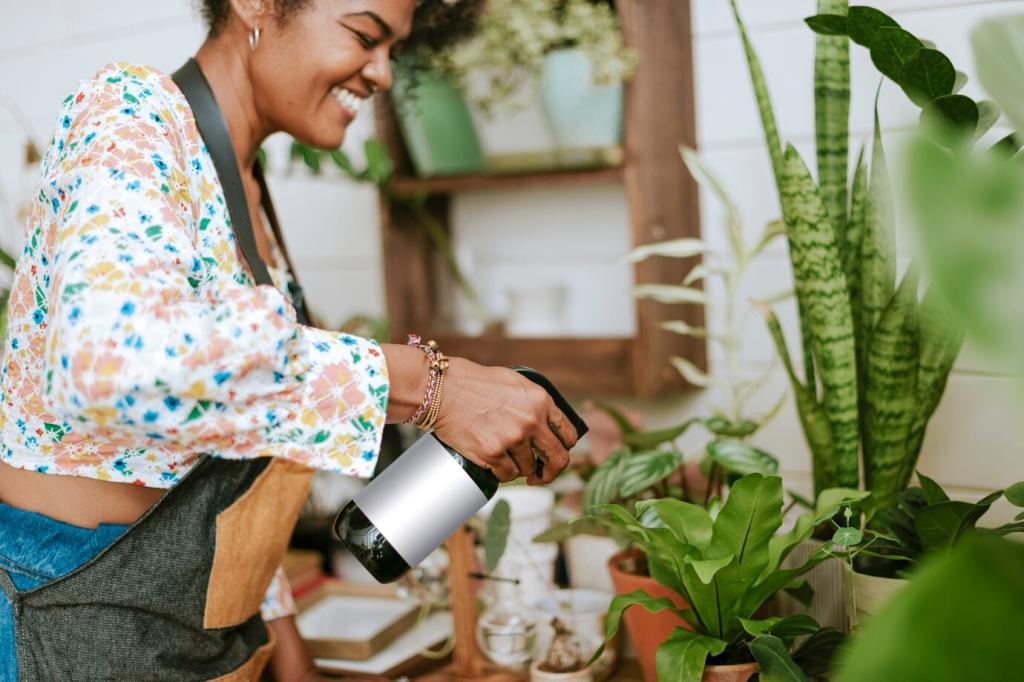
Incorporating Hardscapes and Shade
Water-efficient landscaping isn’t just about plants. Thoughtfully designed hardscapes, like patios, walkways, and mulch areas, reduce the need for irrigation while adding functionality and beauty. By blending hardscapes with well-placed trees or pergolas that provide shade, you can naturally cool your landscape, reducing evaporation and conserving water. Shade-providing structures also protect more sensitive plants from harsh midday suns, lessening their need for supplemental moisture. This integrated approach delivers outdoor spaces that are both comfortable and easy to maintain, optimizing water use across the entire landscape.
Choosing Drought-Resistant Plants
Benefits of Native Species
Native plants are uniquely adapted to thrive in the specific climate and soil conditions of your region. As they have evolved over time to handle local weather patterns, these species require far less supplemental irrigation and chemical inputs compared to exotic alternatives. Incorporating native flora into your garden promotes ecosystem health by providing habitats for birds, butterflies, and beneficial insects. Beyond their environmental advantages, native plants add character and beauty, reflecting the natural heritage of the local landscape. Choosing natives simplifies maintenance and ensures your garden remains resilient even during periods of drought or water restrictions.
Low-Water Ornamentals and Grasses
Many ornamental plants and grasses have been developed specifically for low-water landscapes. These species offer a variety of colors, textures, and forms, giving gardeners creative freedom while still conserving water. Examples include drought-tolerant lavender, sedums, ornamental grasses, and succulents, which thrive with minimal irrigation. By mixing different types of low-water ornamentals, you can create visually stunning arrangements that offer seasonal interest and long-lasting appeal. These plants often have deep root systems that make them more adaptable and better able to withstand heat and dry spells, further reducing the need for frequent watering.
Establishing Plants with Minimal Water
Even drought-tolerant species need some attention as they become established in your landscape. Properly acclimating new plantings involves watering deeply but infrequently, encouraging roots to grow downward in search of moisture. Over time, this method fosters stronger, more self-sufficient plants that are less vulnerable to short-term dry spells. Amending soil with compost at planting time helps retain moisture and delivers vital nutrients, giving new additions the best possible start. Once established, these plants generally require only occasional irrigation, making them ideal for sustaining a thriving landscape with minimal water use.

Drip Irrigation Systems
Drip irrigation is widely recognized as the most water-efficient method for delivering moisture directly to plant roots. Unlike traditional sprinklers, which disperse water broadly and often wastefully, drip lines and emitters target the soil where it’s needed most, minimizing evaporation and runoff. These systems are easily customized for gardens of any size, supporting both in-ground beds and container plantings. By automating drip irrigation with timers or moisture sensors, gardeners can further optimize watering schedules, ensuring plants receive consistent care even during periods of absence or inconsistent rainfall.
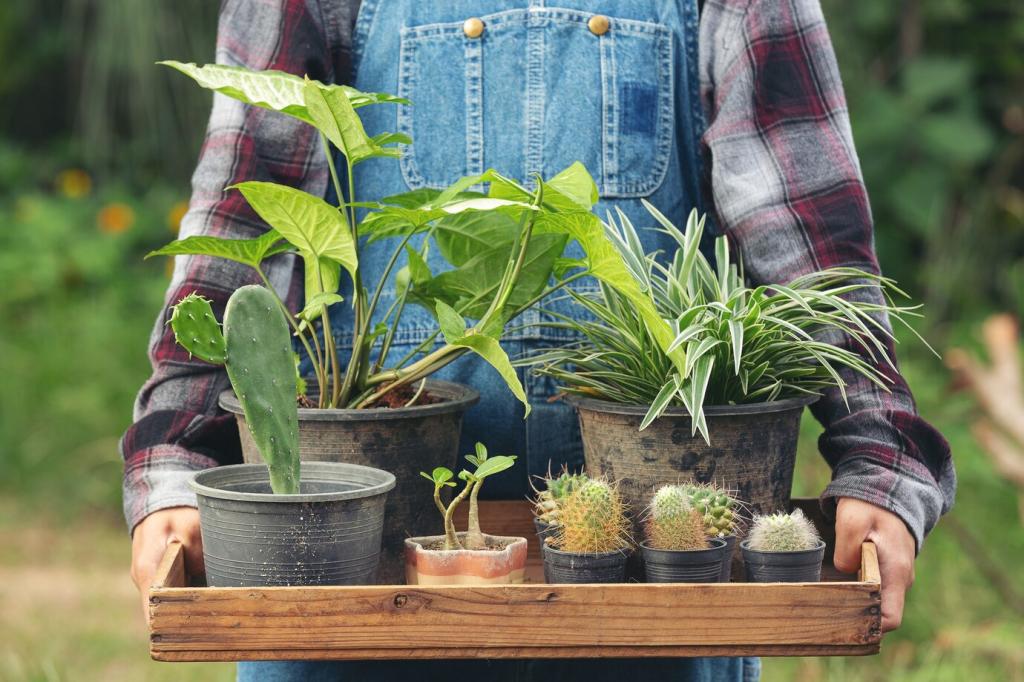
Smart Controllers and Weather Sensors
Advancements in smart irrigation technology provide homeowners with powerful tools for conserving water. Smart controllers and weather sensors use real-time data to adjust watering schedules based on rainfall, temperature, and soil moisture. These devices coordinate with your irrigation system to provide water only when necessary, significantly reducing waste caused by overlapping or unnecessary cycles. The ability to program watering times remotely via smartphone apps offers added convenience and precision. By leveraging this technology, you not only save water but also promote healthier, more robust plant growth by avoiding the pitfalls of over or underwatering.
